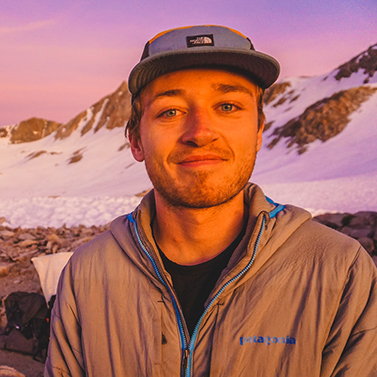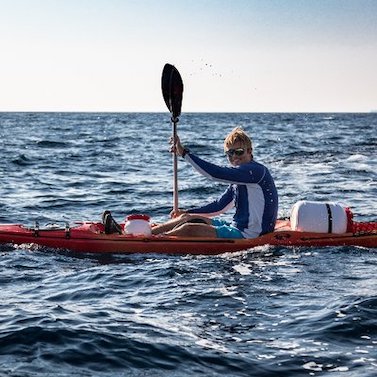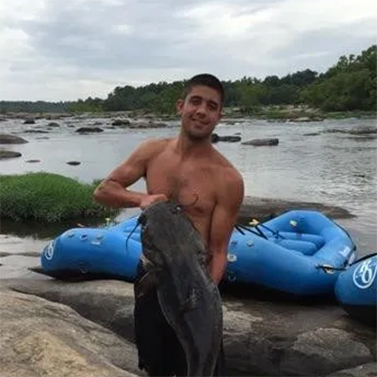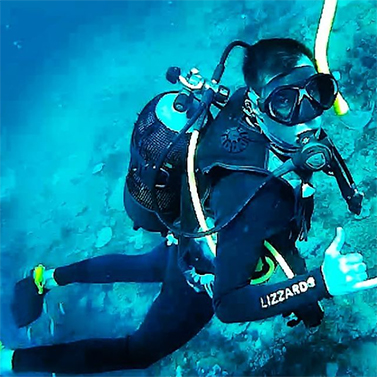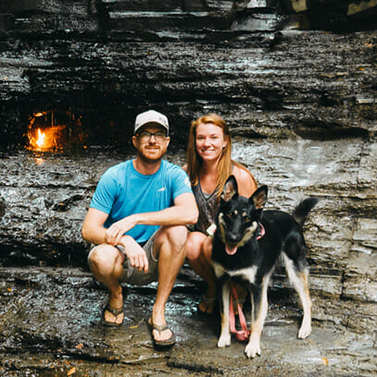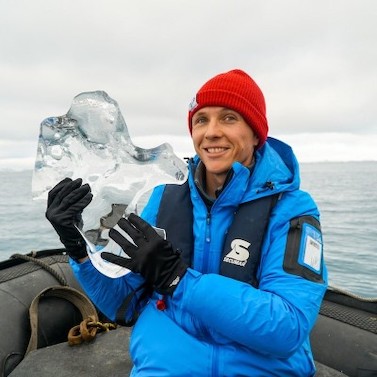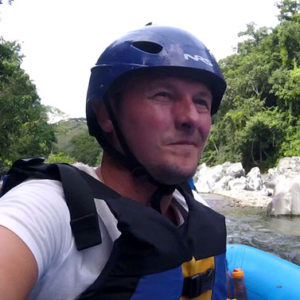What are the best places in Utah to visit if you love fossils?
Paleontologists have found fossils from many different species of dinosaurs across Utah. The state’s unique climate preserved this ancient record. It is still visible today if you know where to go looking for it. For suggestions on where to go and what you might find, keep reading as these enthusiasts share their discoveries.
Dinosaur National Monument
Without a doubt, Dinosaur National Monument is the best place in Utah (and the entire United States) for paleontology and fossil enthusiasts. There’s a good reason this [site] is the dinosaur capital of the world. You get to visit a quarry that used to be an active dig where the paleontologists found a bunch of dinosaur bones. It’s really quite awe-inspiring. I also love that you can get in a bit of hiking while checking out this cool landscape and seeing more fossils and petroglyphs.
For people who prefer to stay indoors, the BYU Museum of Paleontology is definitely an underrated attraction. Plus, it’s free, which is great for large families on a budget. It’s also really cool to see real paleontologists at work here.
Sarah Sherren
Sarah Sherren, Content Marketing Strategist at Best Company.
Museum of Ancient Life
I’m a Utah native and love exploring all around the state. Dinosaur National Monument is the number one place to visit if you’re looking for sheer fossil count. The Quarry located near Jensen, Utah, is a building built around a quarry of hundreds of visible dinosaur bones. The Quarry is very accessible and air-conditioned, which is nice during hot Utah summers. The rest of the park has other sites to see and explore, but nothing compares to this massive wall of bones.
Another fun place to stop is on the other side of the state in Delta, Utah. Here, visitors can search for trilobite fossils and actually keep the fossils they find! The success rate of finding trilobites here seems pretty high. There are also fossils for purchase if you happen not to find anything.
In addition to outdoor places, there are also a couple of museums of paleontology, notably Brigham Young University’s Museum of Paleontology in Provo, Utah, and the Museum of Ancient Life at Thanksgiving Point in Lehi, Utah. These museums are only a 30-minute drive from one another and offer a look at all the ancient life found in and around Utah.
20 Mile Dinosaur Tracks
For anyone interested in paleontology, visiting the 20 Mile Dinosaur Tracks in Utah is a must! They are located along Hole in the Rock Road near Escalante, Utah. This area has over 350 individual dinosaur tracks that have been preserved in the sandstone rock. What’s amazing is you can walk unrestricted amongst the very same places as the plant-eating sauropods once did over 150 million years ago.
St. George Dinosaur Discovery Site
There are so many options it’s hard to narrow down a shortlist!
Dinosaur National Monument would be #1 on my list when the visitor’s center is open again. Hiking and outdoor activities are open now, but they [are not as impressive as] the massive interior wall.
The St. George Dinosaur Discovery Site would be my top recommendation with kids. They have amazing artifacts, life-sized models, working paleontologists, and great kid activities.
Dinosaur Tracks Trail in Moab has some of the most amazing tracks I’ve ever seen, and it’s a short hike of about two miles.
U-Dig Fossils
Utah is a top destination for paleontology and fossil buffs. One of the best places to go in the state to look at fossils is Dinosaur National Monument. Here you can spot the fossils of dinosaurs that once roamed these lands.
If you’re looking to take home your own fossil souvenir, head to U-Dig Fossils near Delta, Utah. Here you can scour the freshly excavated shale to look for fossil trilobites. Anything you find you can keep.
This is a crowdsourced article. Contributors are not necessarily affiliated with this website and their statements do not necessarily reflect the opinion of this website, other people, businesses, or other contributors.












